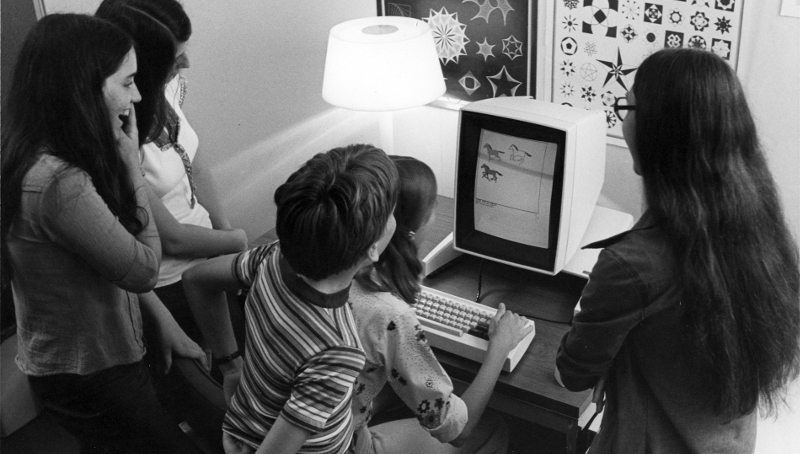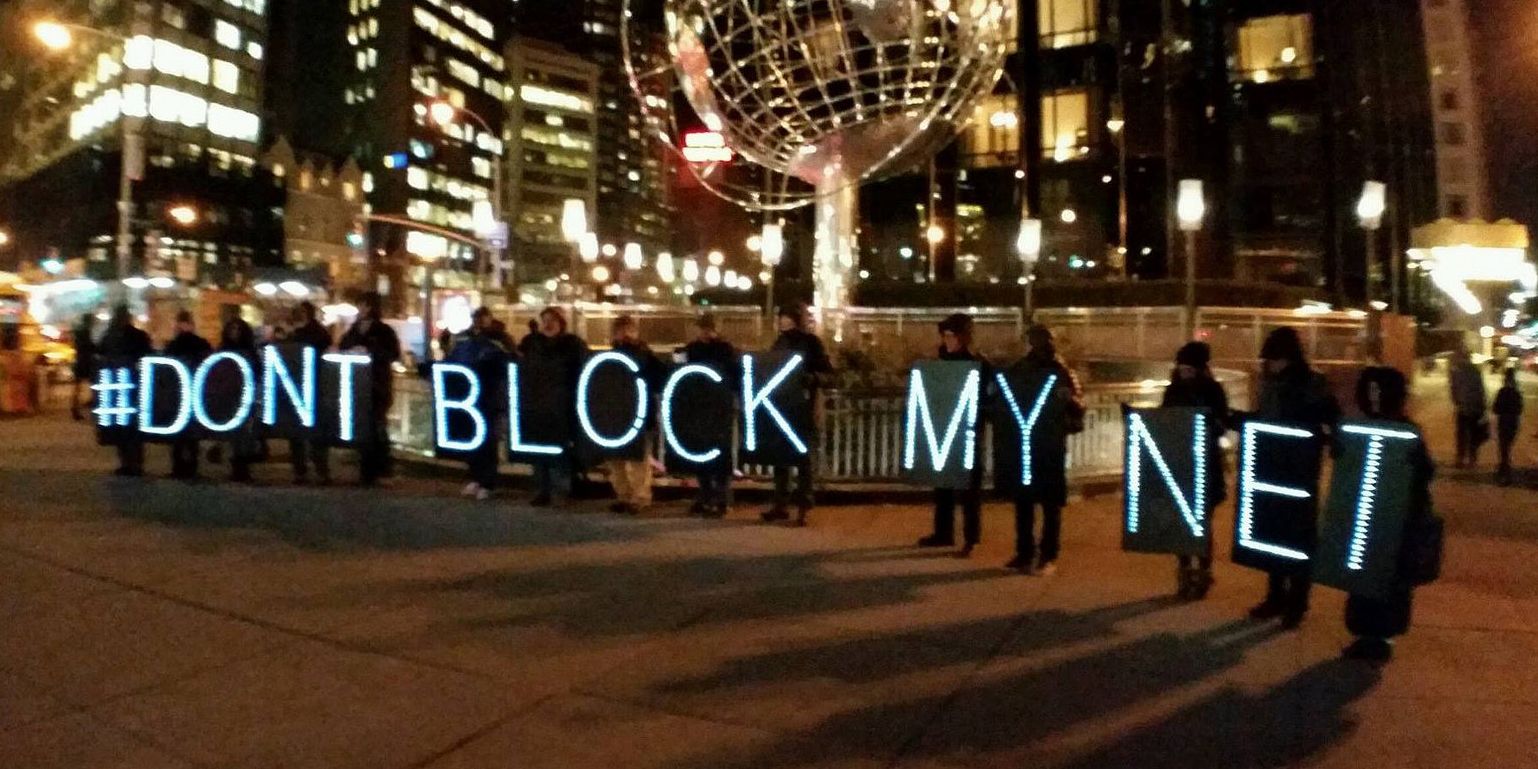Introduction to MetaMedia
In the late 1970’s computers were large (non-graphical) instruments used by mathematicians, scientists and academics. But that was about to change thanks to pioneers at the Xerox PARC (Palo Alto Research Center) like Alan Kay and Adele Goldberg who understood that computers were more than glorified calculators, they represented “a new kind of medium (...) a metamedium, whose content would be a wide range of already-existing and not-yet-invented media.”


